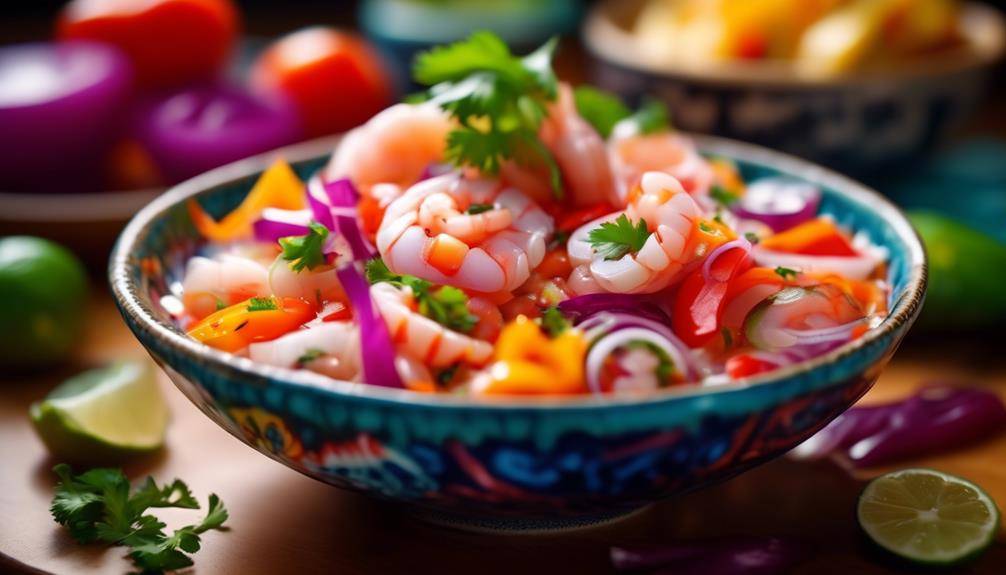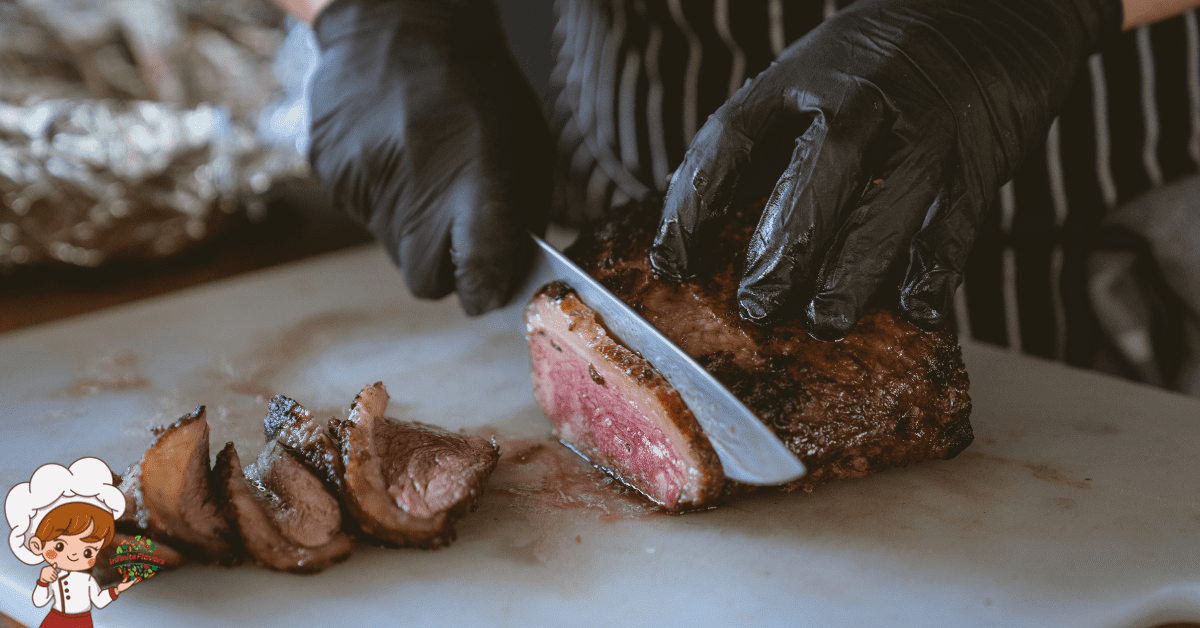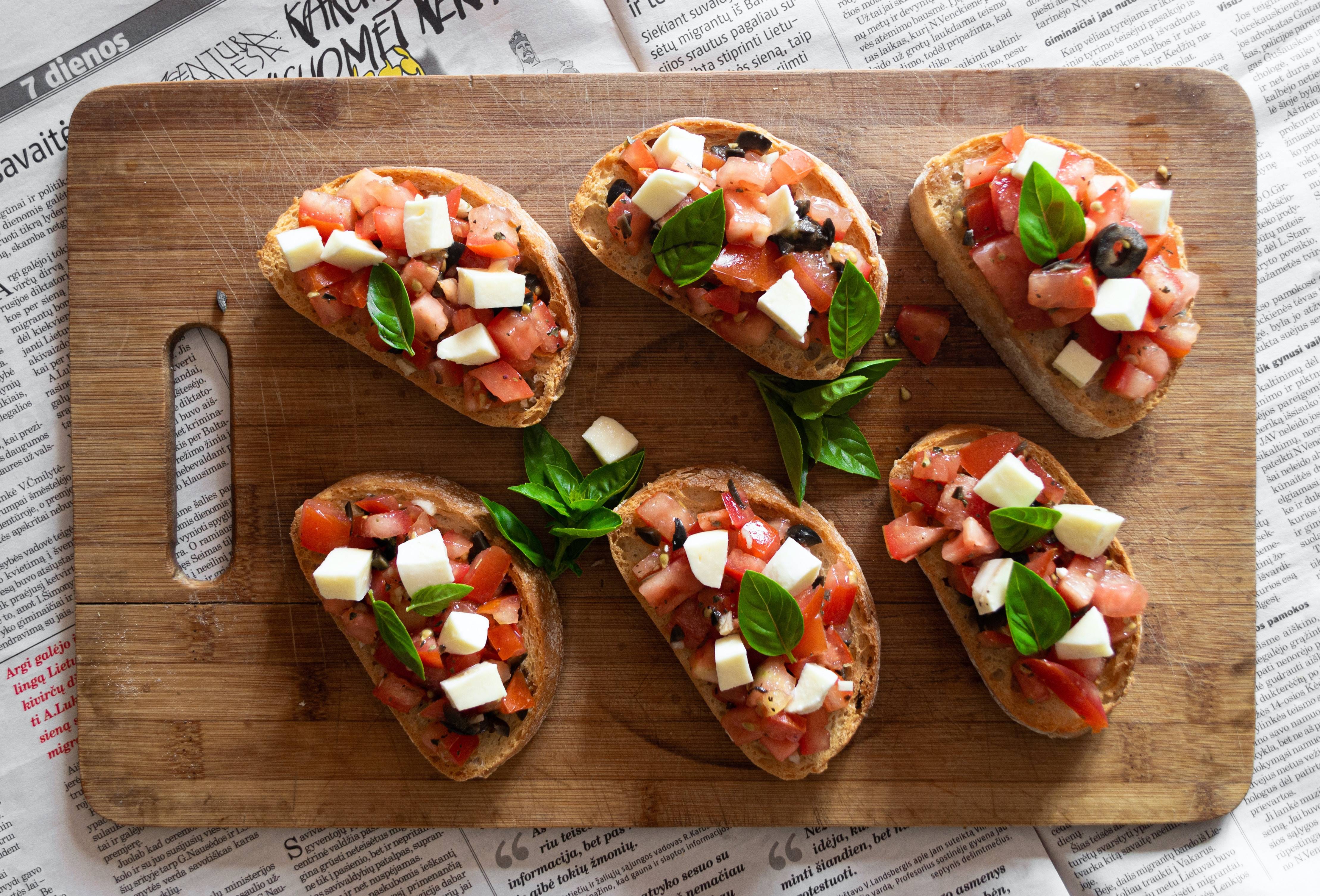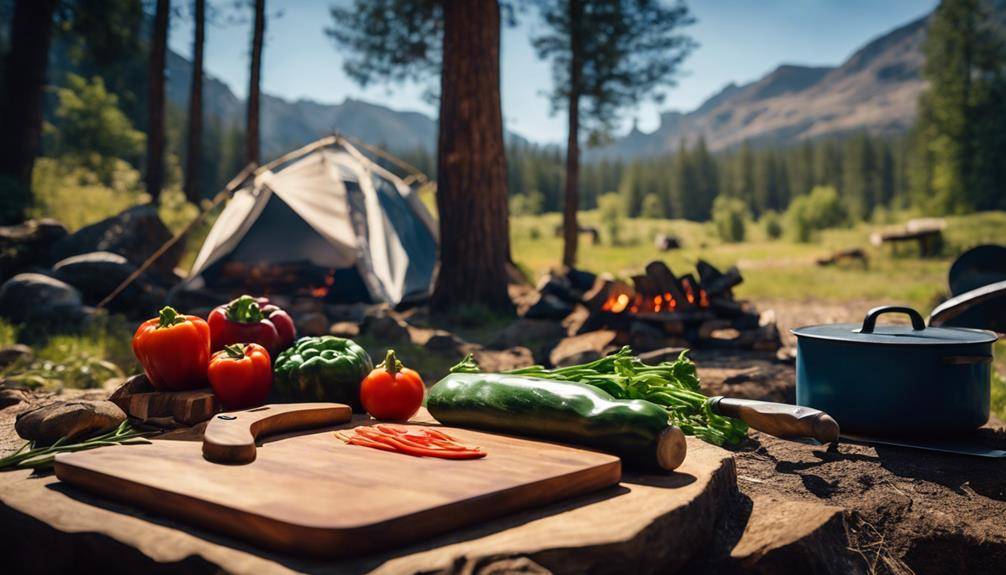The History and Origin of Amazing Southern Potato Salad
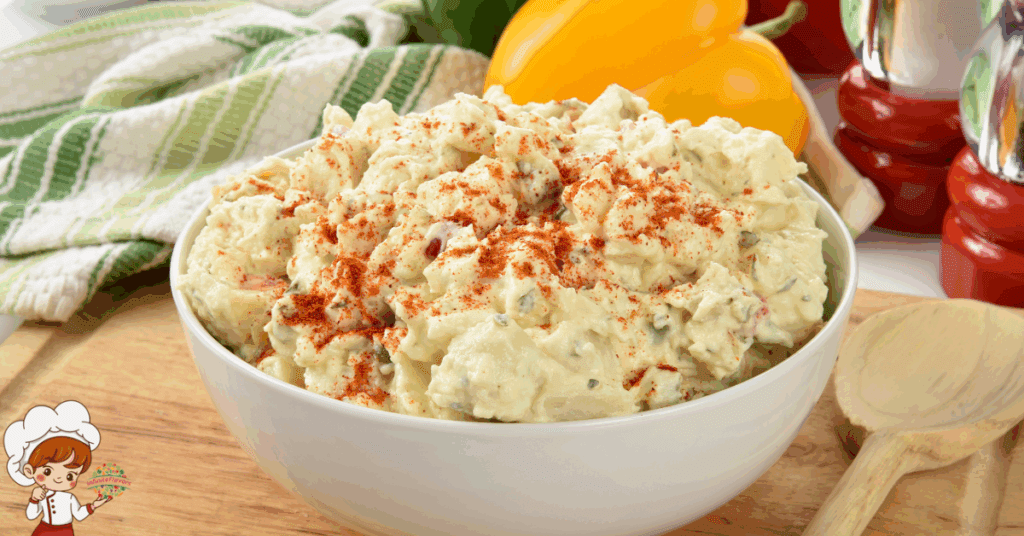
Origin of Amazing Southern Potato Salad; Southern potato salad holds a cherished place in the heart of American cuisine, particularly in the Southern United States where family gatherings, church picnics, and holiday cookouts wouldn’t feel complete without a bowl of this creamy, tangy, and flavorful side dish.
A Beloved Southern Staple
While potato salad, in general, has European roots, the Southern version has developed its own unique identity over generations, blending culinary traditions from different cultures, adapting to local ingredients, and becoming a symbol of comfort and community. Understanding the story of Southern potato salad means delving into the broader history of potato salad as a whole, tracing how it evolved as it crossed continents, and how it eventually took root—and flourished—in the American South.
European Origins of Potato Salad
The origin of potato salad can be traced back to Europe, most notably Germany, where potatoes were commonly used in warm salads dressed with vinegar, mustard, and bacon. German immigrants brought these recipes with them to America in the 18th and 19th centuries. Their version of potato salad was often served warm, and it prominently featured tangy and savory flavors. As German settlers moved into the Mid-Atlantic states and later into the South, their culinary traditions mingled with other immigrant cuisines, indigenous ingredients, and African American cooking styles. This cross-cultural exchange created a fertile environment for the development of distinct regional recipes, including the Southern potato salad we know today.
The Southern Twist: Creamy and Cold
The American South is known for its ability to reinterpret traditional European recipes into something that reflects both resourcefulness and a deep appreciation for flavor. As mayonnaise became widely available in the early 20th century—thanks in part to commercial brands like Hellmann’s and Duke’s—Southern cooks began incorporating it into their potato salads, replacing the more austere vinegar-based dressings of their European predecessors. The result was a creamier, richer, and more indulgent version that aligned perfectly with the Southern culinary ethos, which favors hearty, satisfying comfort food. The use of mayonnaise also marked a transition from warm to chilled potato salads, making the dish especially suitable for summer gatherings.
Signature Ingredients and Family Traditions
Southern potato salad is typically made with boiled potatoes—often russet or Yukon gold—combined with ingredients such as hard-boiled eggs, mayonnaise, yellow mustard, celery, onions, pickles or relish, and various seasonings. Each family has its own secret recipe, passed down through generations, and small variations in texture, spice, and garnishes can signal a specific regional or familial heritage. Some versions lean heavily on the tanginess of mustard, while others are sweeter due to the addition of relish or sugar. Paprika often tops the dish for both color and flavor, and some cooks even include ingredients like pimentos, olives, or bacon to add their own signature twist.
African American Influence and Culinary Creativity
The African American influence on Southern potato salad cannot be overstated. Throughout history, Black cooks in the South have played a central role in shaping Southern cuisine, both through domestic work in white households and through culinary creativity within their own communities. These cooks often refined and perfected potato salad recipes, incorporating flavors and techniques that reflected both African heritage and lived experience. The emphasis on seasoning, balance of flavors, and textural contrast is evident in many African American versions of Southern potato salad, which continue to set the standard at barbecues and soul food restaurants across the South.
Climate, Culture, and the Rise of the Chilled Salad
In addition to cultural fusion, geography and climate also played a role in the evolution of Southern potato salad. The hot, humid summers of the South made chilled dishes highly desirable, especially those that could be made ahead and kept cool during outdoor events. Potato salad’s ability to be prepared in advance and served cold made it a staple at picnics, church functions, and family reunions. Its popularity surged after World War II, when home refrigeration became more common and access to convenience ingredients like store-bought mayonnaise, prepared mustard, and pickles became widespread.
Mid-Century Popularity and Community Cookbooks
The 1950s and 60s saw Southern potato salad solidify its place in American culinary tradition. It became a defining dish at summer barbecues, often served alongside fried chicken, baked beans, collard greens, and cornbread. Cookbooks from this era began to include a greater number of potato salad recipes, and women’s magazines published regional takes that showcased the dish as both versatile and easy to prepare. While many of these versions emphasized uniformity and simplicity, home cooks continued to personalize their recipes, ensuring that no two batches were ever quite the same.
Preserving Recipes Through Church and Community
Church cookbooks and community recipe collections played a significant role in preserving and spreading Southern potato salad recipes. These self-published books were often compiled by women’s groups and served not only as fundraisers but also as records of culinary heritage. A glance through these collections reveals a deep affection for potato salad, with subtle differences in preparation that reflect local tastes. For example, in Louisiana, a Cajun or Creole version might include a hint of spice from cayenne pepper or Creole seasoning. In the Carolinas, some recipes call for sweet pickles or Miracle Whip for added sweetness. In Texas, a touch of barbecue sauce or jalapeños might appear for a bold flavor profile.
A Dish That Stays Close to Home
Despite its wide popularity, Southern potato salad has remained firmly rooted in the idea of home cooking. It’s not something typically found on fast food menus or in fine dining restaurants, though some modern Southern chefs have elevated it by using artisanal ingredients or plating it with contemporary flair. Still, its core identity as a humble, comforting dish remains intact. For many, the taste of Southern potato salad evokes memories of family gatherings, Sunday dinners, and the loving hands that prepared it.
Potato Salad in the Modern South
In today’s culinary landscape, Southern potato salad continues to thrive, celebrated for both its flavor and its cultural significance. Food bloggers and television chefs have helped bring renewed attention to the dish, offering new interpretations while paying homage to its roots. The farm-to-table movement has also encouraged home cooks to revisit traditional recipes with fresh, local ingredients. Yet no matter how it’s made—whether with a heavy hand on the mustard, a dash of paprika, or a sprinkle of chopped dill—the heart of Southern potato salad remains the same: a celebration of flavor, family, and history.
The dish’s enduring popularity is also a testament to its adaptability. Southern potato salad can be easily customized to suit dietary preferences, with vegan versions replacing mayonnaise with plant-based alternatives and egg-free varieties accommodating allergies or ethical choices. While these modern adaptations continue to expand the reach of potato salad, they also reaffirm its central role in the Southern culinary canon. It is a dish that transcends time, ethnicity, and occasion, offering a taste of heritage in every bite.
Adaptability and Timeless Appeal
From a historical standpoint, Southern potato salad exemplifies the way regional foods evolve through cultural contact and adaptation. It reflects the legacy of European immigrants, the creativity of African American cooks, and the pragmatism of Southern homemakers. Its journey from the warm salads of Germany to the chilled bowls of the American South mirrors broader themes in American culinary history: migration, innovation, and the importance of tradition. Southern potato salad is more than just a side dish—it’s a narrative told through ingredients and memory.
As families continue to gather around tables for holidays, barbecues, and everyday meals, Southern potato salad remains a beloved staple that speaks to continuity and comfort. Whether scooped onto a plate beside smoked ribs or served in a porcelain bowl at a family reunion, it is a dish that brings people together. Each forkful carries a legacy, a story, and a flavor that links the past to the present. And perhaps that is what makes Southern potato salad so enduring—it is not only made with potatoes and mayonnaise, but with history, culture, and love.
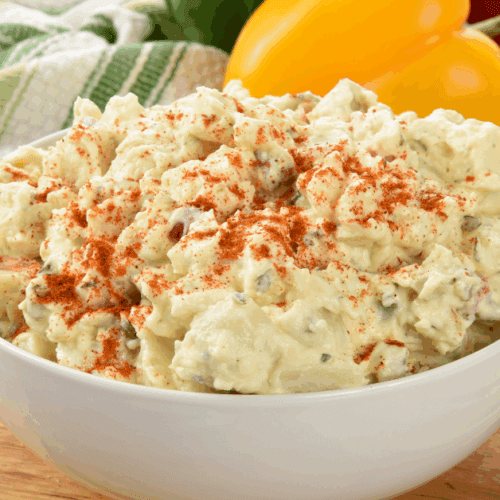
Southern Potato Salad Recipe
Ingredients
- 3 pounds russet or Yukon Gold potatoes peeled and chopped
- 4 large eggs
- ½ cup celery finely diced
- ¼ cup yellow or white onion finely diced
- ⅓ cup sweet pickle relish or chopped bread-and-butter pickles
- 1 cup mayonnaise preferably Duke’s or Hellmann’s
- 2 tablespoons yellow mustard
- 1 teaspoon sugar optional, for a slightly sweet finish
- Salt and black pepper to taste
- Paprika for garnish
- Optional: dash of garlic powder celery seed, or pickle juice for added flavor
Instructions
- Instructions:
- Boil the potatoes:
- Peel and chop the potatoes into evenly sized chunks. Place them in a large pot and cover with cold water. Salt the water generously, bring to a boil, then simmer for 10–15 minutes or until fork-tender. Drain and let cool slightly.
- Boil the eggs:
- Place eggs in a saucepan, cover with cold water, and bring to a boil. Once boiling, remove from heat, cover, and let sit for 12 minutes. Transfer to an ice bath, cool, peel, and chop.
- Prepare vegetables and relish:
- While the potatoes and eggs are cooking, dice the celery and onion finely. Measure out the relish.
- Make the dressing:
- In a large bowl, mix the mayonnaise, yellow mustard, sugar (if using), salt, pepper, and any optional seasonings (e.g., celery seed or garlic powder).
- Combine ingredients:
- Add the slightly cooled potatoes to the dressing and gently fold together. Add the chopped eggs, celery, onion, and relish. Mix until evenly combined, being careful not to overmix.
- Adjust seasoning:
- Taste the salad and add more salt, pepper, mustard, or mayo as needed. For extra moisture and flavor, a splash of pickle juice can be added.
- Chill and serve:
- Transfer to a serving bowl, sprinkle with paprika, and cover. Chill in the refrigerator for at least 2 hours before serving.
FAQ: Origin of Amazing Southern Potato Salad
What makes Southern potato salad different from other types?
Southern potato salad is distinguished by its creamy texture and its use of ingredients like mayonnaise, mustard, and often hard-boiled eggs. It tends to have a tangy-sweet flavor profile, thanks to the inclusion of yellow mustard and pickle relish or sweet pickles. In contrast, German-style potato salads are often served warm with vinegar-based dressings, and other regional variations might use oil or sour cream as the base.
Is Southern potato salad always served cold?
Yes, unlike its German ancestor which is typically served warm, Southern potato salad is traditionally served chilled. This makes it ideal for hot weather events like summer cookouts and picnics. It’s also considered a dish that improves in flavor when made a few hours ahead and allowed to chill, giving the flavors time to meld.
Why is mustard added to Southern potato salad?
Mustard adds a tangy sharpness that balances the richness of the mayonnaise and the starchiness of the potatoes. Yellow mustard is the most commonly used variety in traditional Southern recipes, contributing both flavor and a vibrant yellow color. Some recipes may even use a blend of mustard types to achieve the perfect taste.
What kind of potatoes are best for Southern potato salad?
Russet and Yukon Gold potatoes are popular choices. Russets break down more easily, which contributes to a softer, creamier texture, while Yukon Golds hold their shape a bit better and have a buttery flavor. Some cooks prefer a combination of both for texture contrast. It’s important to avoid overcooking the potatoes so they don’t become mushy.
Is it necessary to include hard-boiled eggs in Southern potato salad?
While not absolutely essential, hard-boiled eggs are a common and traditional ingredient in Southern potato salad. They add protein, richness, and a bit of texture contrast. Some family recipes may leave them out, while others may add extra eggs for a more luxurious feel.
Can Southern potato salad be made ahead of time?
Yes, in fact, it’s often recommended to make it a few hours or even a day ahead. The flavors meld beautifully when allowed to rest in the refrigerator. This also makes it a convenient dish for entertaining, as it can be prepared in advance.
Is there a difference between white and yellow potato salad?
Yes. White potato salad usually refers to versions made without mustard, focusing on mayonnaise or sour cream for the creamy base. Yellow potato salad, which is the hallmark of the Southern style, gets its color from the addition of yellow mustard. The difference is not just visual; the flavor profiles are distinct, with yellow versions offering more tang and zip.
How long does Southern potato salad last in the fridge?
When stored properly in an airtight container in the refrigerator, Southern potato salad can last about 3 to 5 days. Because it contains mayonnaise and eggs, it should not be left at room temperature for more than two hours to avoid food safety risks.
Can Southern potato salad be frozen?
Freezing is not recommended. The texture of the potatoes and mayonnaise tends to break down and become watery or grainy once thawed. For best results, it should be consumed fresh or within a few days of preparation.
What are some common regional variations of Southern potato salad?
In the Deep South, you might find sweeter versions with sugar or sweet relish. In Louisiana, Cajun spices can lend a smoky kick. In the Carolinas, vinegar-based touches or Miracle Whip are sometimes used. Some versions include diced bell peppers, green onions, or even bacon. These variations reflect the local palate and family traditions.




